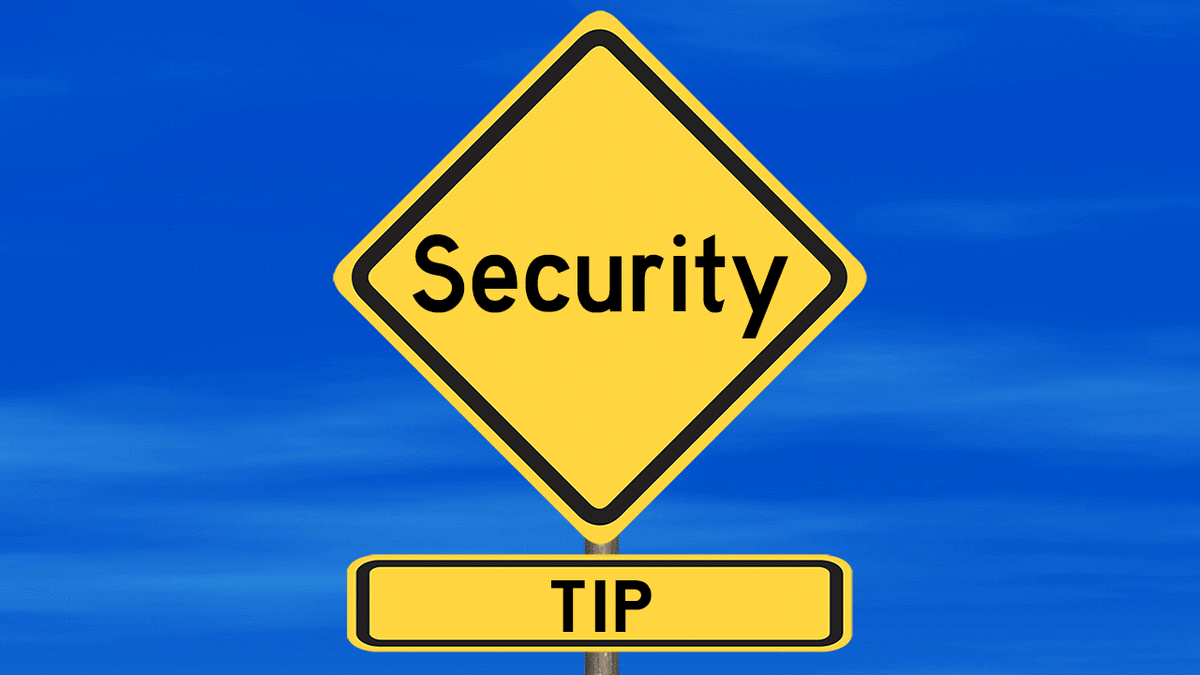Jenny Blaine, Security Analyst with UMN's Twin Cities Office Information Technology (OIT), explained in a March 22 , 2021 email to IT@UMN:
Identity theft happens when a criminal steals information about you and uses that information to commit fraud, such as requesting unemployment benefits, tax refunds, or a new loan or credit card in your name. The March 2021 edition of the "OUCH!" newsletter covers ways to protect yourself. If you suspect that your identity has been stolen, follow the checklist provided by the Federal Trade Commission (FTC).
We received some excellent feedback on omissions of the February 2021 edition of the "OUCH!" newsletter. Namely:
- Just because someone receives email that appears to come from you does not necessarily mean your account was hacked. It's easy to spoof the From or Sender address of an email. Change your password if you are concerned (https://my-account.umn.edu.).
- Running anti-virus to clean up a device after a malware infection will typically not catch all of the malicious files; the best way to be sure is to wipe the device and reinstall from scratch.
- Regular, automated backups should be part of your strategy to protect yourself and your data.
- Don't take action at the request of an email; be suspicious of anything an email asks you to do (click, open, download, login, etc.)
We are starting to see email scams (phishing) containing fake UMN login pages again. For more detail, see two new Phishing blog articles:
Related Resources:
- Practice Safe Computing
- Information Security Awareness Topics
- University IT Policies:
- Learn how to report information security issues
